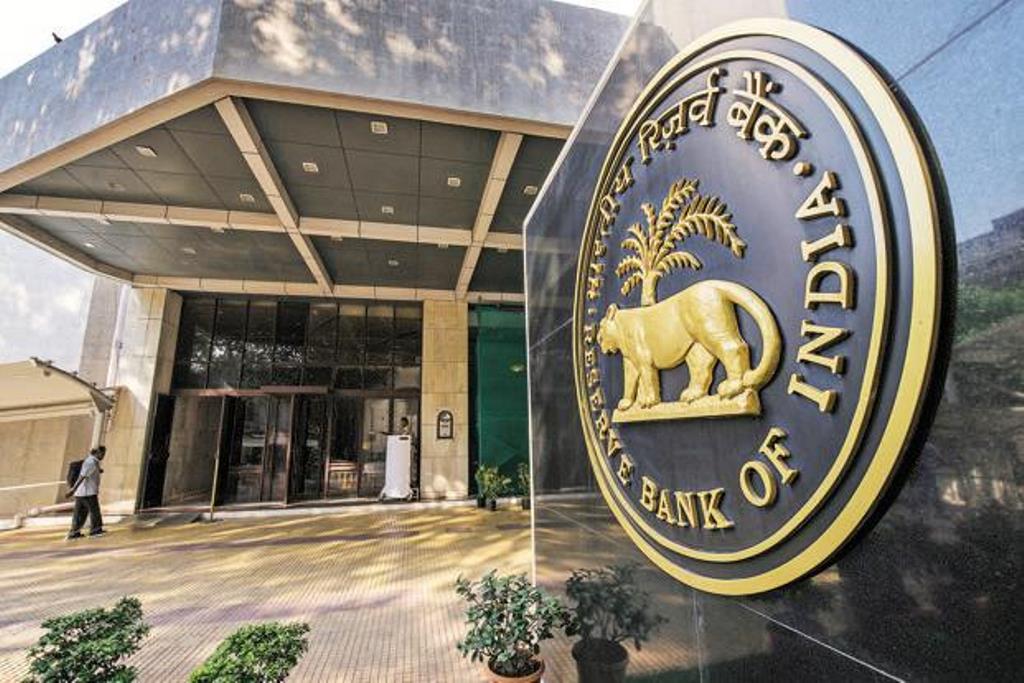RBI’s new bad loans framework
February 13, 2018 | Expert Insights

In a move to address India’s growing problem regarding bad loans, the Reserve Bank of India has tightened its rules regarding bank loan defaults. According to the new rules, more loan defaulters will be pushed towards bankruptcy. It has also set new timelines regarding NPAs.
Background
A bad loan is one where repayments do not get made as originally agreed between the borrower and the lender. Indian banks have been struggling under high percentage of bad loans in the recent years. In fact, the bad loans (or non-performing assets) incurred by Indian banks had hit an all-time high at the end of June 2017. The bad loans now amount to $145.56 billion.
NPAs result in affecting all facets of a nation’s economy. When the NPAs continue to grow, they will begin affecting a bank’s profits. Thus, banks in turn will not be able to serve the obligations they have towards their customers. During the first quarter of 2016, establishments such as Bank of Baroda, Bank of India and Punjab National Bank posted significant losses. When a bank goes into loss, then it will not be able to offer any rate cut for their customers. Thus, all loans including car loans and home loans will become more expensive and affect customers.
In October 2017, Indian government announced a capital infusion plan of $32.43 billion into public sector banks over the next two years. Finance Minister Arun Jaitley said, “The decision to recapitalise public sector banks with 2.11 trillion rupees will address the bank balance sheet problem and push growth forward. Once you strengthen banks, markets' appetite for the stock will improve. For bank recapitalization, Rs. 1.35 lakh crore will be raised through recap bonds and Rs. 76,000 crore via budgetary support and equity issuance.”
RBI
The Reserve Bank of India (RBI) is India's central banking institution, which controls the monetary policy of the Indian rupee. It commenced its operations in 1935. It plays a vital role in the Development Strategy of the Government of India and is a member bank of the Asian Clearing Union.
Analysis
Analysts estimate that Indian banks need an additional $40 billion to $65 billion to clean up bad loans on their balance sheets. This will help these banks meet the stricter capital requirements set forth in an international regulatory framework called Basel lll.
For the first time in nearly 17 years, the State Bank of India, has posted a stand-alone net loss of Rs 2,416.4 crore for quarter ended December 2017 (Q3FY18). In its filing, the bank noted, "Net loss was due to lower trading income due to hardening of bond yields, higher corporate slippages leading to higher loan loss provisions and significant investment depreciation hit.”
The RBI has tightened its rules regarding bank loan defaults. According to the new rules, more loan defaulters will be pushed towards bankruptcy. It has also set new timelines regarding NPAs. The central bank has also withdrawn a number of existing loan structuring mechanisms including SDR and S4A.
“If a RP (resolution plan) in respect of such large accounts is not implemented as per the timelines specified, lenders shall file insolvency application, singly or jointly, under the Insolvency and Bankruptcy Code 2016 (IBC) within 15 days from the expiry of the said timeline,” the RBI said in a notification issued on February 12th, 2018.
RBI has also noted that banks failing to comply with timelines will be subject to penalties. “Any failure on the part of lenders in meeting the prescribed timelines or any actions by lenders with an intent to conceal the actual status of accounts or evergreen the stressed accounts will be subjected to stringent supervisory / enforcement actions as deemed appropriate by the Reserve Bank, including, but not limited to, higher provisioning on such accounts and monetary penalties,” it said.
The RBI has also specified that loans of 5 billion rupees or more will require two independent evaluators. “All accounts, including such accounts where any of the schemes have been invoked but not yet implemented, shall be governed by the revised framework,” the RBI said.
Assessment
Our assessment is that it is imperative to crack down on NPAs as stressed assets will ultimately impact the nation’s economy. Debts are serviced from the profits that companies generate and if there is a slowdown in the economy, it adversely affects the ability of the entrepreneur to pay interest for the money he has borrowed. Forcing entities to declare bankruptcy would be akin to filing Chapter 11 in the US.








Comments